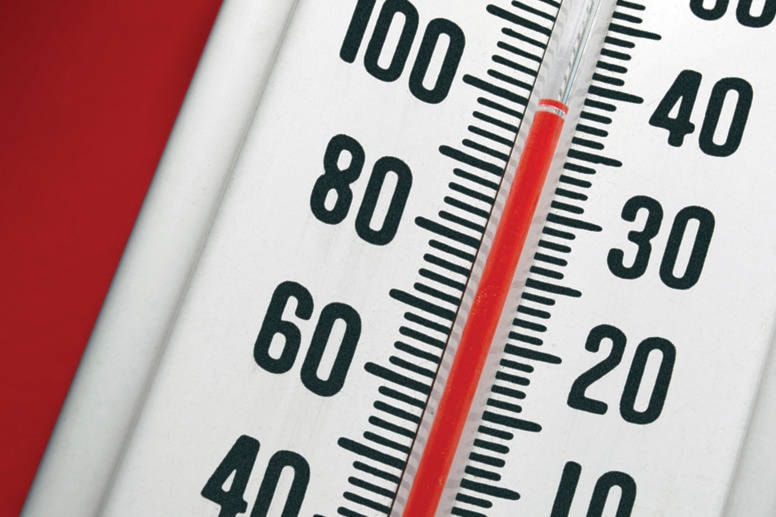Record-shattering high temperatures are raising awareness about safety as the sun beats down upon people and their pets.
Environment Canada says the historic record highs will simmer down toward more seasonally normal numbers on Wednesday, June 30, but until then, dangerously high temperatures will persist with potential consequences for those who don’t take precautions.
The heat is taking its toll. Four dogs treated at Central Island Veterinary Emergency Hospital in Nanaimo died from heat stroke over the weekend.
Tinille McKenzie-Wyatt, registered veterinary technologist specializing in emergency critical care, couldn’t provide details about the dogs’ deaths for privacy reasons, but said owners need to be cautious about letting dogs outside in the heat and aware of medical conditions that could make them more prone to heat stroke. Dogs with longer fur, or ones that are overweight, have heart conditions and other ailments are more susceptible, as are dogs with short snouts.
“Be very cognizant of where they are because not all of them are smart enough to come inside…” McKenzie-Wyatt said, adding that it’s about “limiting their exposure to putting themselves into situations where they will get too hot as best we can.”
She recommends people keep cool water in children’s wading pools in their backyards or in bathtubs in their homes, let dogs lay on wet, cool towels and even place wet, cool towels in their armpit and groin areas to lower their body temperatures.
“Of course, make sure there’s always fresh, cool water available for them too,” McKenzie-Wyatt said.
READ ALSO:
Leon Davis, B.C. SPCA Nanaimo branch manager, said in an e-mail that the branch has seen fewer complaints of dogs in hot cars, possibly because the intense heat is making owners think twice about taking their dogs with them to run errands.
Davis passed along some tips, starting with checking pets for signs of heat stroke such as excessive panting, trouble breathing or collapse. Pets should be moved into a cool space out of direct sunlight. Owners should use a fan or air conditioning or a wet towel, and slowly wet a pet’s feet, ears and fur, avoiding using ice or very cold water as it could cause shock. Once a pet starts to cool down, owners can pour cool water over the animal’s body.
READ ALSO:
Island Health did not have anyone available to comment about whether the heat is sending people to hospital, but a spokesperson said he could confirm anecdotally there has been a moderate increase in patients – particularly older adults – seeking care for heat-related issues at Nanaimo Regional General Hospital and other Island hospitals.
Dave Wray, Environment Canada meteorologist, said Monday would be the “apex” for high temperatures.
“This will be the worst. After this we’ll start to see some relief…” Wray said. “It’s so bewildering, these temperatures. We’re so reluctant to [forecast] 41, 42, 43 C because we’ve never gone there before. It’s Twilight Zone region.”
Nanaimo hit 38.2 C on Sunday, which easily surpassed the previous record of 34.6 C from 2015. Of note, the average high for that date is 21.8 C.
Read an expanded version of this article .
READ ALSO:
photos@nanaimobulletin.com
Like us on and follow us on



